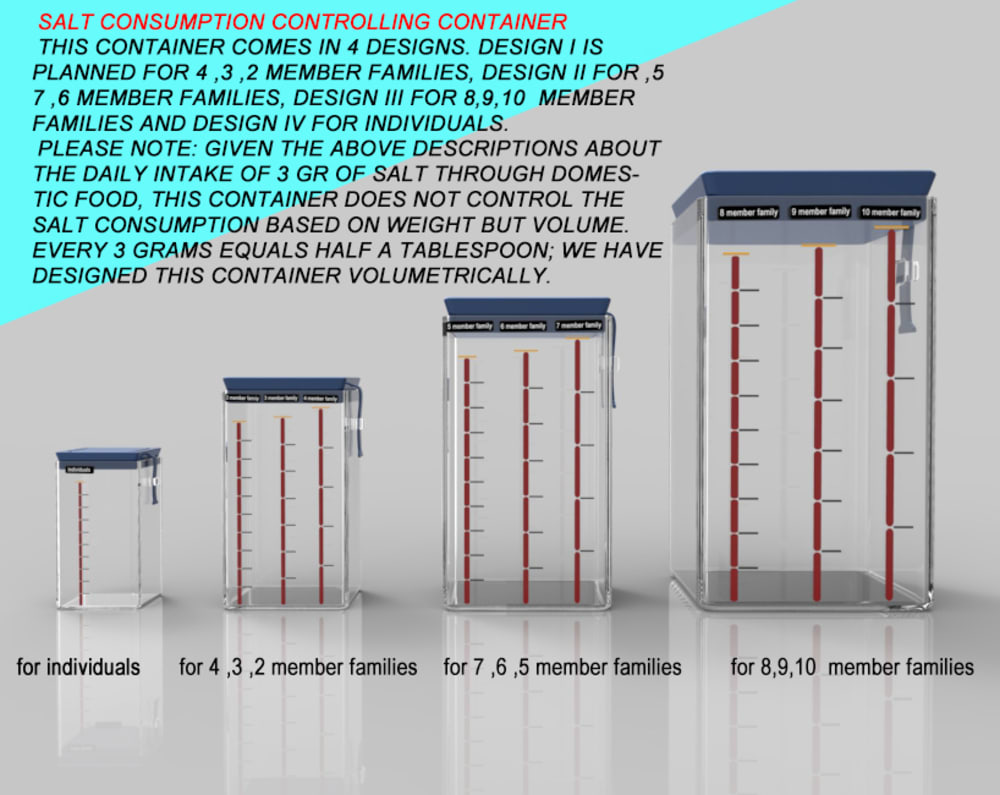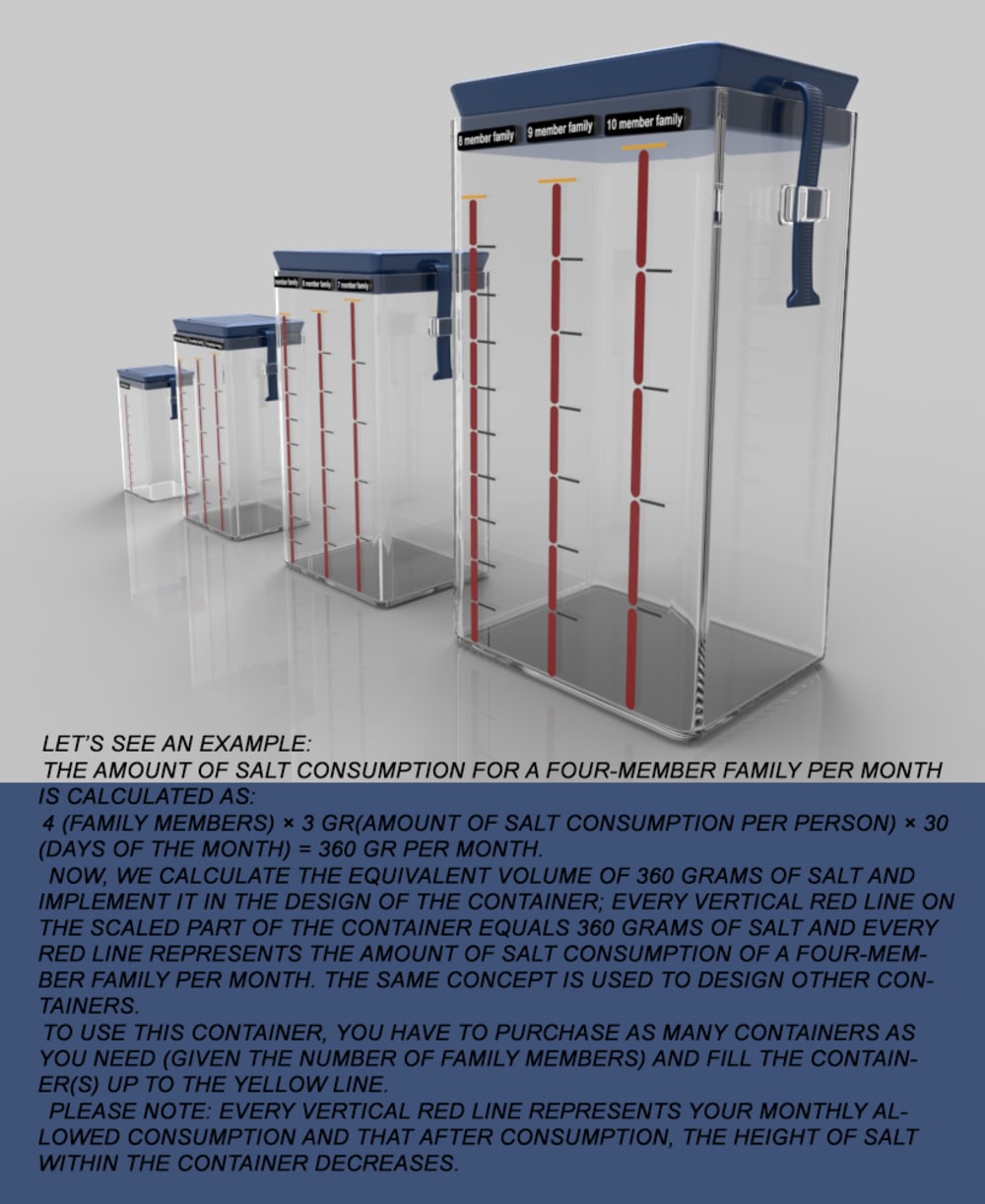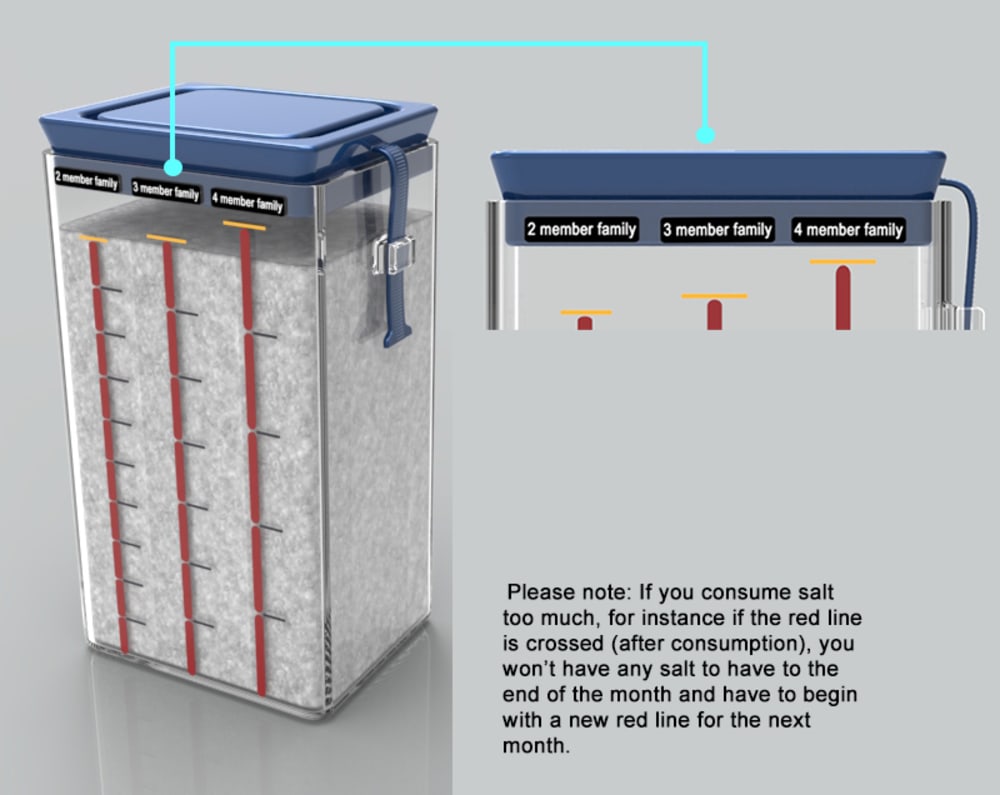According to the World Health Organization, the standard daily salt intake is 5 grams, whereas most countries consume two to three times more than the standard amount, regarding the estimates. Worldwide salt consumption exceeds the global standard; the results of a current study indicate that 87% of world population consumes more salt than the permitted amount. In addition, this study uncovers the highest salt consumption in countries of Central and Eastern Asia, Middle East and Eastern Europe.
In the world, there are barely six advanced countries that meet the low limits determined by the WHO, implementing the worldwide salt consumption reduction programs.
Side effects of high salt intake
High intake of salt and excessive consumption of salty foods could cause dysfunction of kidneys and upon consistency, lead to the loss of kidneys, hypertension, cardiovascular diseases and in some cases, general/specific bloating, particularly in those with a family history of the above-mentioned diseases.
To prevent hypertension and cardiovascular diseases, it is recommended to reduce the amount of salt used in cooking, in addition to serving less salt on the table. Canned, packaged and ready-to-eat foods also contain high amounts of salt, which pretty much explains why it would be better to cut the consumption of such food products and replace salt with items such as fresh, aromatic vegetables, sour lemon, tangerine juice and thymus to reduce salt intake and obviously add flavor to the foods.
Should salt be banned from the tables entirely?
Salt is one of the essential nutrients for metabolism, the communication of nervous messages and standard function of muscles. Entirely banning salt or consuming it below the required amount could bring about dysfunction in the communication of nervous messages from different organs to the brain and metabolism decline, leading to energy loss and fat collection in some organs. According to the World Health Organization, the standard daily salt intake is 5 grams.
So what is the solution to controlling salt consumption?
Considering the experts and researchers’ ideas, an individual’s standard salt intake is 5 grams per day. This amount can be found in domestic food, junk food, and fast food. Since most people consume house-made food, the highest salt consumption belongs to domestic food. Therefore, if we allocate 2 grams per day to junk food and fast food, the intake of salt through domestic food will be 3 grams per day.
5 gr (standard limit of consumption) – 2 gr (the amount of intake through junk food and fast food)
=3 gr (amount of salt intake through domestic food).
As a result, the standard limit of salt intake per day is 3 gr per person, which is not respected by many in different countries; according to global statistics, 87% of the world population exceeds the permitted limit.
The solution to monitor and control salt consumption:
I have designed a container to control salt consumption in houses, which enables us to adjust the standard salt consumption in every family per month(s).
Like this entry?
-
About the Entrant
- Name:Saeed Hasani
- Type of entry:individual
- Software used for this entry:rhinoceros 3d and keyshot
- Patent status:none








